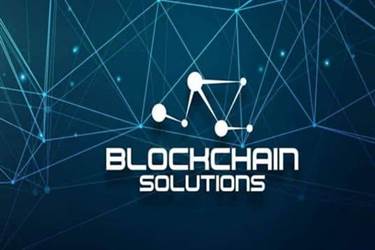5 Stages of Team Development Complete Guide
Content
The team meets and learns about the opportunities and challenges, and then agrees on goals and begins to tackle the tasks. They may be motivated but are usually relatively uninformed of the issues and objectives of the team. Team members are usually on their best behavior but very focused on themselves. Mature team members begin to model appropriate behavior even at this early phase.

There is still a need for the team to focus on both process and product, setting new goals as appropriate. Changes, such as members coming or going or large-scale changes in the external environment, can lead a team to cycle back to an earlier stage. If these changes – and their resulting behaviors – are recognized and addressed directly, teams may successfully remain in the Performing stage indefinitely. It’s important to keep in mind that, as with individuals, developmental stages are not always linear. The framework built by Tuckman is meant as a guideline for team leaders and team members who want a better understanding of what is happening within the group.
Corporate Succession Planning: How to Create Leaders According to the Business Need
In 1977, she added the last stage — Adjourning — thereby completing what we now know as the modern theory of Team Development. The five most famous stages of team https://globalcloudteam.com/ development are known as Forming, Storming, Norming, Performing and Adjourning. The success of your team development efforts depends on the tools you use.
Learning how to handle dissonance early strengthens a team and readies teammates to overcome more complex challenges with grace. Skipping this crucial development stage can stunt a team’s growth and delay true harmony. Ultimately, undergoing the five stages of team development sets your team up for success. There will be a higher chance of realizing the project goals within the timelines set at the forming stage. At the adjourning stage, team members will be eager to collaborate again on other projects.
Meeting Management
You can’t look over their shoulders and make sure that everyone is doing their work. Ideally, your team is made up of reliable people that know and fulfill their responsibilities. With Toggl Track, team members can track the work that they do. This is especially useful if you have some people that are working remotely. But, you can point out areas of improvement or strengths to the group as a whole, without pointing fingers.

Typical behaviors during this time include many questions from team members and comments about their excitement for working with the team. Everyone has learned to identify and make the most of each other’s strengths for a common purpose. This stage is usually critical, and any team’s success depends on it.
Performing
On-Demand DemosEmpower your team to build a culture of productive meetings with these on-demand product tutorials. Team Meetings GuideLearn how the world’s best companies run effective team meetings – featuring insights from Figma, Buffer, Close, Webflow, Shopify, and more. Cross-Functional MeetingsStay aligned on projects, drive progress and accountability, and improve collaboration. Chiefs of StaffTrack key takeaways from executive meetings, enhance alignment across scaling teams, and amplify the CEO’s communication to help the company flourish. If powerful superhero and entrepreneur teams have taught us anything, it is that working with others can increase your strength and success. Even if your group has two or three leaders, you can’t alwaysmonitor your team.
- There are other advantages to tracking your time with an app though.
- Everyone can bring their whole self to the team, play to their strengths, and will step up and help one another when it’s needed.
- Now that we know where the stages come from, let’s break down the ins and outs of each stage and what you can expect from your team in each.
- Managers must strive to become adaptive leaders—leaders who prize creativity, collaboration, integrity, and innovation.
- The individual roles your team members play are incredibly important to team performance.
There’s excitement in the air and everyone is ready to roll up their sleeves, and get started on the project. Usually, group dynamics and roles have yet to be established, a team leader will typically emerge and take charge and direct the individual members. When each stage carries through successfully, the entire group will be more in sync and functional.
HR’s Key Roles in Forming Teams
The individual strengths each member brings establishes a sense of teamwork, as everybody plays a part. If you notice a few team members not participating, the easiest thing to do is to prompt them for their thoughts and ideas. His theory, which is referred to as Tuckman’s Stages, is centered around his research on the dynamics of teams and team building.

However, there are some strategies you can do to help your team advance through the five stages with minimal conflict. Team development will have your team be as successful and as high performing as possible. Feedback is critical to improving your team’s performance while navigating through the five stages.
Helpline & Support
As you build a new team, keep the stages of team development in mind so you can help individual team members reach their full potential and collaborate together effectively. While there’s no one right way to support your team, try these four strategies to boost your team’s cohesiveness. As a team leader, it’s your goal to support and empower your four stages of group development team to help get their highest-impact work done. When your team members feel comfortable with each other, it’s easier to collaborate and work together. Alternatively, if your team is having challenges meshing, it may take them longer to get work done. To guide your team as it develops, it helps to understand the stages of group development.
